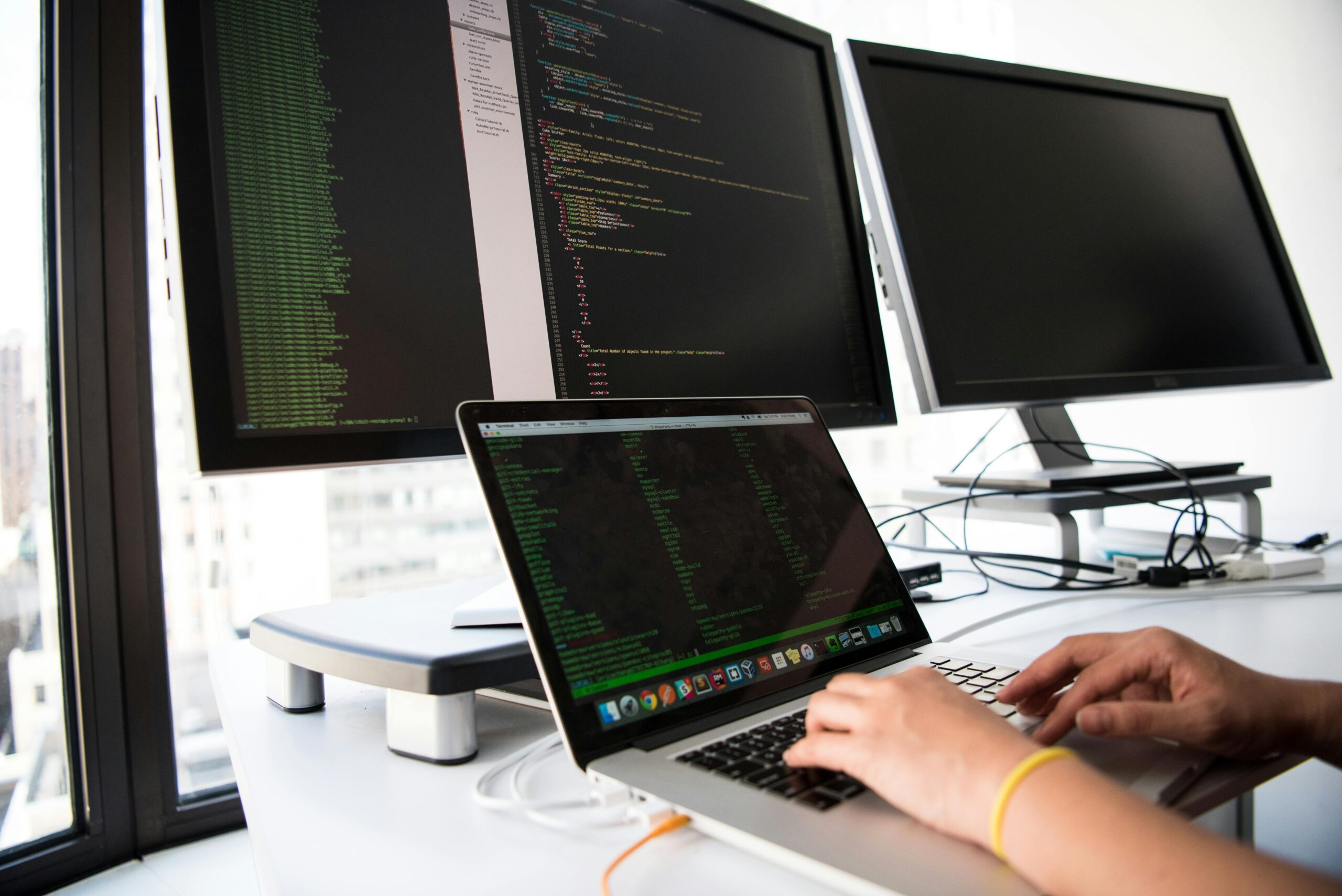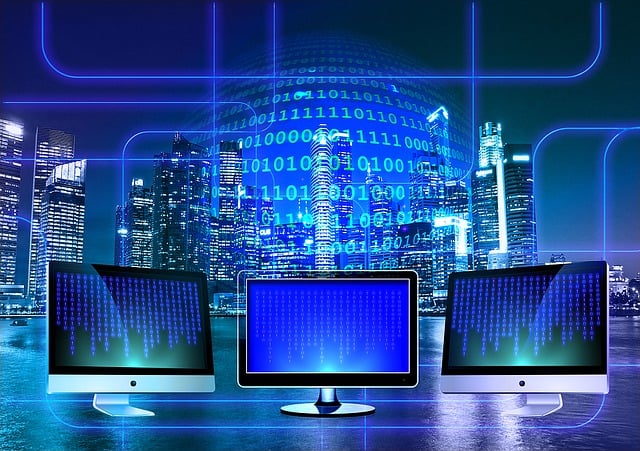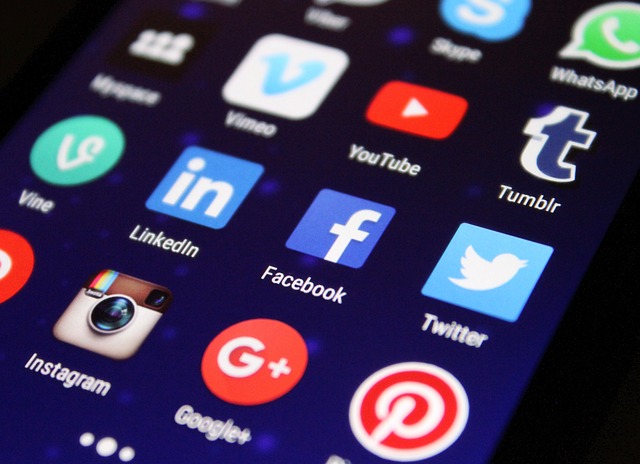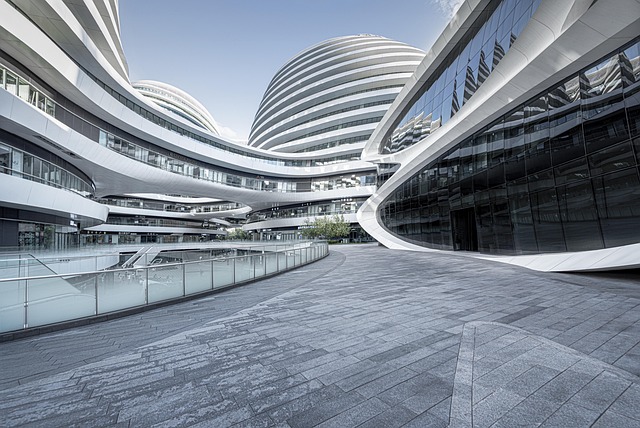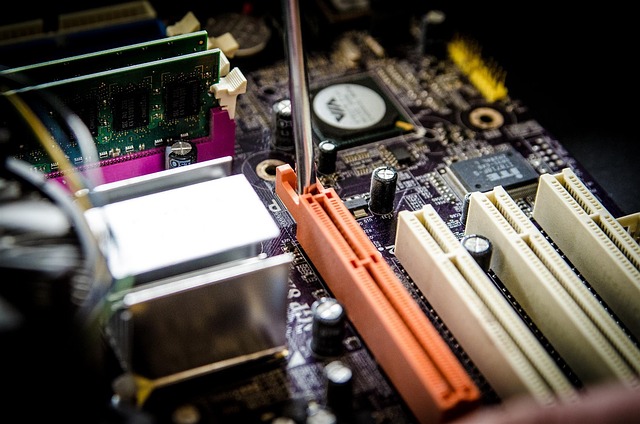
Televisions broadcast is various kinds of technology, each serving distinct purposes designed to enhance efficiency in specific tasks. Televisions broadcast is various kinds of technology, each serving distinct purposes designed to enhance efficiency in specific tasks. Televisions broadcast by gaining a deeper understanding of these different technologies, you can see how each one can positively impact your everyday life. This insight can also assist you when exploring or pursuing a career in the tech field.
Communication Technology
Communication technology refers to any tool or system that people use to share information with one another. Early forms of this included the telegraph and Morse code. Below are a few modern examples:
Read more about Trendy gadgets
Read more about Television broadcast
- Television
Televisions broadcast both sound and visuals that audiences can watch and listen to. They are commonly used for entertainment, learning, advertising, marketing, and keeping up with news and current events. Most Televisions broadcast work by receiving signals either through internet connections or cable lines, which then tell the screen what content to display. These digital signals compress sound and video so that data can travel efficiently, supporting smooth, high-definition viewing. - Internet
The internet is often considered the most influential and widely used communication tool today. It enables people across the globe to interact instantly through text, voice, and video. Governments, companies, organizations, and individuals all rely on the internet for marketing, outreach, social interaction, information sharing, and broadcasting. - Cell Phones
Modern cell phones build upon the original telephone by allowing the exchange of text, voice, and video over the internet. They make it possible to call people worldwide, use apps for information access, capture photos and videos, connect through social media, and handle work responsibilities. Mobile devices now also support features such as health monitoring, navigation, Televisions broadcast, online payments, and integration with other smart technologies.
Electrical Technology
Many modern devices rely on electricity to function. Examples include:
- Computers
Computers work using rapid pulses of electrical signals. Their foundation is binary code, made up of ones and zeros, which represents whether current is flowing or not. These codes instruct computers to perform operations like calculations, logic-based processes, image recognition, and language translation. Computers are crucial for storing and retrieving data, running software, carrying out scientific computations, and handling advanced tasks such as artificial intelligence, automation, and big data analysis. - Circuitry
A circuit is a group of electronic parts designed to complete a specific function. For instance, a computer processor is a circuit that interprets electrical signals as code, while an audio amplifier is another example that boosts signals to produce louder sound in speakers. Circuits are found in countless devices today, such as household appliances, remote controls, mobile phones, and computers. - Artificial Intelligence (AI)
Artificial intelligence refers to computer systems built to make decisions and perform tasks with little to no human input. Many everyday technologies use AI in some form. For example, GPS navigation systems use it to recommend the best route based on traffic and road closures. Search engines also rely on AI to personalize search results. AI works through machine learning, recognizing patterns and trends to support decision-making. Advanced AI applies natural language processing (NLP) to understand and produce human language, forming the basis of chatbots, digital assistants, and translation software. It’s also used in deep learning and image recognition, which play major roles in healthcare imaging, facial recognition, and augmented or virtual reality. - 7. Software
Software is a collection of programs and instructions that guide a computer to operate as intended. Programmers design and release software to improve user interaction, streamline tasks, and increase efficiency. For instance, word processing programs make writing and editing documents far simpler compared to older tools like typewriters. Another example is Google Chrome, a software application that enables people to browse and explore the internet. - 8. Audio and visual technology
Audio and visual technology includes devices such as microphones, projectors, and cameras. These systems rely on sensors to translate analog signals—such as light and sound—into digital information. Their main function is to record and present audio and visual content to users.
This type of technology is often combined with other devices, like smartphones, to add features such as cameras. Embedded systems and software power and optimize these audio-visual functions, providing familiar capabilities such as image stabilization, autofocus, and advanced sound processing. - 9. Solar panels
Solar panels capture sunlight and convert it into electricity. They are widely used to supply power to houses, buildings, outdoor lights, water heating systems, and more. Since they rely on renewable energy, solar panels are becoming increasingly popular as they produce no carbon emissions.
Related: How To Become a Solar Installer - 10. Wind turbines
Wind turbines transform wind’s kinetic energy into electrical power. These structures are usually built as tall towers in open fields or offshore locations where wind is strongest. When the blades rotate, they produce electricity, which can either be stored in batteries or delivered directly to where it’s needed. - 11. Batteries
Batteries act as storage devices for energy, allowing it to be used later. They provide power for many technologies, from small items like wristwatches and remote controls to large applications such as vehicles or solar power systems. Advances in battery technology have made it possible to store more energy for longer durations. For instance, solid-state batteries promise benefits like greater energy capacity and faster charging. In addition, progress has been made toward developing recyclable and eco-friendly battery materials. - Mechanical
Mechanical technology refers to the use of engineering concepts to complete tasks in a more efficient way. This type of technology is applied in many types of machines. Some well-known examples of mechanical technology include: - 12. Manufacturing
Manufacturing technology focuses on creating products more quickly and at a lower cost. A well-known example is the assembly line, which revolutionized production speed. Other advantages of manufacturing technology include improved product quality, better monitoring and system analysis, faster delivery times, and increased worker safety. In addition, predictive maintenance—powered by sensors, data analysis, and machine learning—has become widespread, allowing equipment upkeep to be more cost-efficient and proactive instead of reactive. - 13. Heavy Engineering
Heavy engineering technology supports professionals in tasks such as constructing bridges, tunneling, and other large-scale building activities with greater precision, accuracy, and safety.
For instance, robotics have simplified tasks like laying bricks and pouring concrete. Another advancement is the development of smart building materials with built-in sensors, which assist in structural health monitoring and predictive upkeep. - 14. Diagnostics
Diagnostic tools provide healthcare providers with detailed insights about a patient’s condition. Examples include thermometers, MRI scanners, X-ray systems, electrocardiographs, and stethoscopes. These devices enable professionals to identify illnesses, evaluate injuries, and create treatment plans without the need for invasive procedures. - 15. Pharmaceuticals
Through pharmaceutical technologies such as nanotechnology, artificial organs, and controlled microenvironments, researchers can better understand how various substances interact with the human body. This knowledge helps in the creation of new medications designed to treat or significantly reduce harmful diseases. Artificial intelligence and machine learning also accelerate the discovery of novel compounds, streamlining drug development. A recent example is AlphaFold, which applies deep learning to predict the 3D structure of proteins—an essential step in drug research. - 16. Surgical
Advancements in surgical technology allow doctors to carry out highly complex procedures. Innovations include smart surgical glasses that present critical data directly in the surgeon’s view and robotic systems that enable remote operations with enhanced accuracy. These tools support a wide range of surgeries, from routine operations like appendectomies to intricate procedures involving the brain or spine. - 17. Monitoring
Healthcare workers increasingly depend on technology to track a patient’s condition and overall well-being. A common example is smartwatches, which measure biometric information such as heart rate and sleep patterns. Other monitoring tools include devices implanted within the body, giving doctors even more detailed health insights. Additionally, wearable patches and biometric sensors placed on the skin can record vital signs like breathing rate and puls
19.
- Transportation
Technological progress has greatly simplified how we travel compared to the past. Examples of transportation technology include: - 18. GPS
The Global Positioning System (GPS) is a satellite-based technology that can determine exact positions on Earth. Satellites send out signals that are received by GPS-enabled devices, which then calculate their location by referencing multiple satellites. This system enables real-time navigation, shipment tracking, and precise timekeeping.
GPS is built into numerous devices, from smartwatches to large-scale tracking systems used by governments and businesses. It is also crucial for applications like fleet coordination and asset management. - 19. Flight
Advancements in materials, engineering, and aerodynamics have made modern flight safer and more effective. Flight technology spans everything from aircraft construction to onboard navigation systems. Progress in areas such as radar, navigation tools, and GPS has improved flight path accuracy and increased safety during takeoff and landing.
Space travel highlights these improvements even more, with reusable rocket designs now helping lower the costs of space exploration. - 20. Vehicles
Like air travel, vehicle technology has advanced in speed, safety, and efficiency. Modern vehicles are not only more fuel-conscious but also provide greater comfort and entertainment options. Developments in car engines, built-in safety systems such as airbags, and infotainment systems have transformed the driving experience.
Breakthroughs have also made possible self-driving cars, hybrid and electric vehicles, and interconnected smart cars. Ongoing research into lightweight yet durable materials, like carbon fiber and high-strength alloys, further enhances efficiency and performance.
